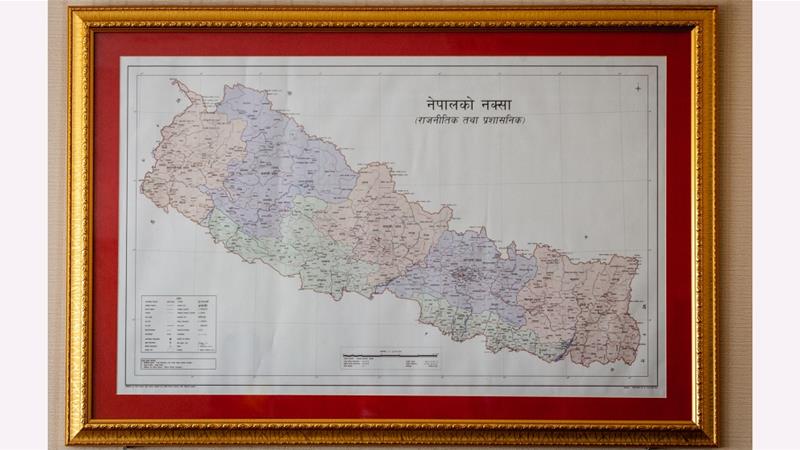Nepal’s Lower House passed a constitutional amendment Bill on June 13, 2020. The Bill allows the Nepalese map in the national emblem to contain claimed Indian territory. The move showed support both within and outside the Communist Party of Nepal. For the Prime Minister Oli’s stance on the Lipulekh, Kalapani and Limpiyadhura dispute.
The bill, endorsed by 285 parliamentarians, was passed amidst widespread protests in Kathmandu; regarding Oli’s handling of the COVID-19 pandemic. Of course, the formalization of the new map is bound to be a major irritant for India in its foreign relations with the small hill nation. In the four hour-long discussion, many MPs asked PM Oli to take concrete steps to retake the claimed territories from India. Some also stood in favour of continuing the border restrictions imposed due to the pandemic.
Notably, the government of Nepal issued the new map including Indian territory in Nepal last month i.e. May 2020. It has repeatedly stressed that it will solve the issue through dialogue. Oli also invited India to hold a secretary-level meeting on the issue as soon as possible.
India’s Stance
India has not issued a formal statement on this new development yet. However, the assumption is that the reaction will be less than favourable. The move was bold and dangerous for Nepal, as all its passable borders lie bordering Indian territory, exposing it to the possibility of a land blockade. The State had alleged Indian involvement in the 2015 border blockade as well.
The general suspicion of the Indian government is that Nepal is adopting this confrontational at the behest of the People’s Republic of China. CoAS General MM Naravane had been the first to voice these concerns; notwithstanding the strong people-to-people relations between the nations.
Dispute Between Nepal and India
Nepal had raised objections to the inauguration of the 80 km-long road to the Lipulekh Pass; which it claims passes through its territory. Explicitly, the basis of the India-Nepal border dispute is the disagreement over which of the three tributaries; of the River Mahakali constitutes the border laid down in the Treaty of Sagauli. Both countries recognize the treaty. India claims the Lipulekh tributary as the border defined in the agreement; while Nepal claims its territory extends to the Limpiyadhura tributary. The border dispute is geopolitically significant due to the presence of the strategically important; Lipulekh Pass in the territory under question.

